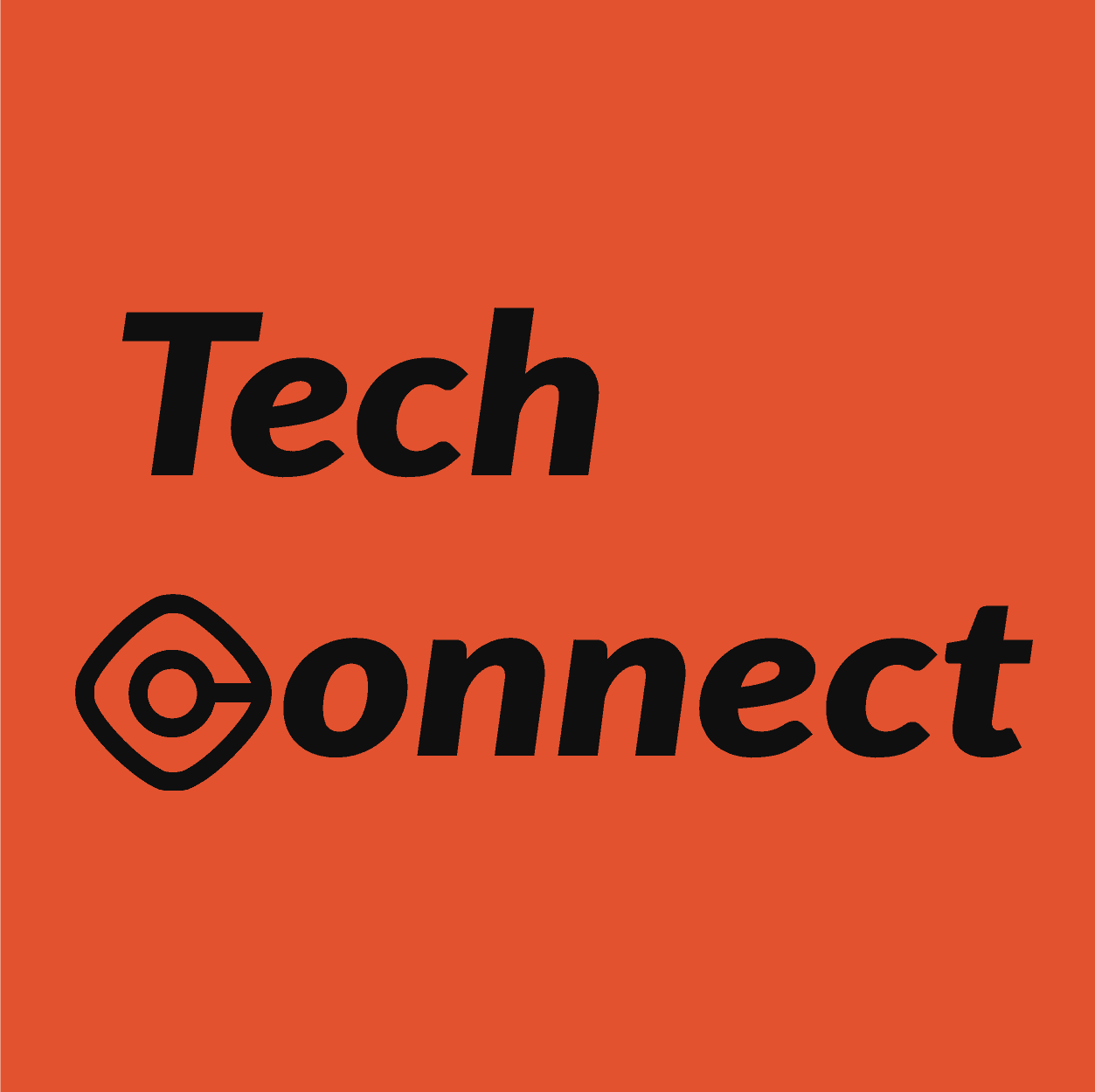How to unlock success using storytelling.
This week, I have been reading extensively about developing effective strategies for technology success.
I wanted to share some excellent articles that I have recently come across. One thing I find important but often overlooked is the process of creating a captivating story that brings a strategy to fruition. To acquire this valuable skill, we must expand our search beyond the realm of technology.
This Week’s Top Reads:
The 5 Pillars of Successful Strategy Execution
Improve it with these tips.
Organizations spend enormous time, effort and investment formulating their objectives and strategies, but more than half fail to execute those strategies effectively. For greater success, tackle five issues early on:
- Strategy formulation: Verify the strategy can be executed.
- Execution planning: Set expectations for those tasked with executing the strategy.
- Performance management: Assign accountability for key actions.
- Strategy communication: Build buy-in among those who will execute.
- Organizational bandwidth: Give managers the capacity to execute.
Download now: Avoid 7 Critical Mistakes in Strategic Planning
IT Strategy as an Enterprise Enabler
A clear IT Strategy is the most important activity of the CIO/CTO of an Organization to achieve the business goal and benefits to the business.
Today, more than ever before, and often without noticing it, technology touches every part of our lives. The adoption of next generation technologies, automated tools, agile and Devops methodologies by an organization made the role of IT as a crucial factor for the business transformation. The ability to harness these powerful technical capabilities and use them to support the business is both challenging and rewarding. Achieving synergy between people, processes and technology is not an easy task by any measure. The CIO’s of the organization must formulate a modern IT strategy that in line with the new realities.
The IT strategy also called technology strategy. It guides in how IT helps businesses to win in their chosen business context. In first place, the business needs of IT to be successful are,
- Helps in better communication and coordination between business functions and lines of business with the IT Organization
- Scale to handle increasing demands on business growth
- Security in all its operations
- Ability to understand and anticipate organization customer needs
- Manage a large variety and velocity in customer growth
Mistakes That CIOs Make When Introducing New Technology
CIOs need to realise that the processes of introducing emerging technologies such as data analytics, artificial intelligence and robotics aren’t straightforward.
CIOs understand that new technologies are coming at us all of the time. When we discover a new technology that we believe will benefit our company (think “Zoom”), we want to introduce it to the company as quickly as possible. However, that is where a lot of us end up going wrong. We need to understand that the introduction of a new technology means change and almost nobody likes change. What that means is that we need to be careful and make sure that we don’t make mistakes in how we go about introducing new technology into the workplace.
The Problem With New Technology
CIOs are turning to new technology to improve decision making and innovation. But we often screw up a crucial part of the process which is getting employees on board with the changes. This problem, at its most basic level, is that CIOs usually don’t anticipate that systems will lead to fears and suspicions among their employees who feel disrespected or displaced. And we usually don’t recognize that the systems often mean employees have to take on new work that can disrupt their routines.
Understanding these types of pitfalls is crucial. Research has found that helping employees to accept new technologies can be just as important as making sure the systems work in the first place.
Convert resistance into support when implementing software
Managing resistance is ineffective when it simply focuses on the symptoms.
Managing user resistance can be challenging and there can be many reasons for this resistance. However, it would be wrong to treat users as if they are the problem and then to develop a defense mechanism around their resistance. It is rather, an opportunity to help people transition through the change. It is an opportunity for sponsors and leaders to deepen their relationship with their people.
The most important question to answer is: “What’s in it for me?”. In other words, “What is the added value?” An organization implementing software can enumerate the benefits for it quite easily. It will be something like compliance, data security, automation, or cost saving.
But successful organizational change = successful individual change. Therefore, there must be a good answer to the question “Why should I go through the painful process of un-learning the old and embracing the new?”
In this series of three blogs, we are going to consider the following seven key points that help us not only to manage resistance but to convert resistance into support:
- Consider resistance as a natural reaction to change
- Distinguish between hesitancy and resistance
- Detect signs of resistance
- Identify the root causes of resistance
- Manage resistance
- Communicate, communicate, communicate
- Convert resistance into support
4 Things You Should Know About Improving Organizational Performance By Improving DataOps
Addressing the potential risks associated with superintelligence systems.
How you collect, analyze, report, and draw inferences from your organization’s data will significantly impact your business.
In traditional data processing techniques, this process is usually manual — making it tedious, time-consuming, prone to errors, and including high labor costs.
Though data processing has evolved over the years, it still remains bulky and needs a lot of manual handling. As a result, it suffers from inconsistent quality, long cycle times, waste, inflexibilities, and bottlenecks. Here is where DataOps comes in.
According to the DataOps manifesto, DataOps values:
– individuals and interactions over processes and tools
– working analytics over comprehensive documentation
– customer collaboration over contract negotiation
– experimentation, iteration, and feedback over extensive upfront design
– cross-functional ownership of operations over siloed responsibilities.
Article by proof content
In the vast, ever-evolving world of marketing and branding, there is one powerful tool that can force your audience to stop, collaborate (unforgivable, I know), and listen: the strategic narrative. Crafting an enthralling strategic narrative is an art that combines storytelling ability with a keen understanding of both your brand and audience.
But, how do you begin? Let’s delve into the secrets of creating a narrative strategy that leaves a lasting impact on your audience. Grab your metaphorical pen and let’s get started.
What is a strategic narrative?
At its core, a strategic narrative is a carefully-fashioned story that forms the foundation for your brand’s communication and Positioning efforts. It’s not a mission statement or vision. It’s the lively soul of your brand – one that shines brighter with authenticity and personality.
You can picture it as the North Star, a guiding light that illuminates the way to success. More than a useful roadmap, a strategic brand narrative is the spark that ignites a fire in your team and draws your customers and clients to you like a moth to a flame.
A successful narrative strategy not only helps you to form clear Key Messaging for your brand, it also packs an emotional punch. One that will keep your brand ringing in your audience’s ears long after first exposure.
THE DIGITAL EYE
I hope these articles are valuable.
I am passionate about technology, and I want to share that passion with you. I believe that it’s essential for everyone to stay up-to-date on the latest trends, so I’ve set out to cover all aspects of the industry – from data analytics to blockchain and AI.
Please let me know if you want to see any other topics covered, and I would appreciate your help sharing this blog with others interested.



